Transitioning to agile classrooms
-Jessica Cavallaro

The agile classroom is built on the foundation of people, process, collaboration and problem-solving through practice of 21st century skills
OUR CURRENT EDUCATION SYSTEM WAS designed during the first industrial revolution (1760-1820). In that era, the general public was largely uneducated, unable to read and knowledge was in short supply. If you wanted to learn about the world, history, math and science, someone needed to collate that information and present it to you.
With knowledge stuffed into books, which were not readily available to most, lessons needed to be memorised to hold forever. Accessing information wasn’t easy and most people didn’t have the time. Knowledge needed to be memorised to be applied later. Time in school was short and therefore, pacing of the curriculum needed to be controlled. The teacher’s job was to control the flow of information with students learning passively, expected to absorb as much as possible because tomorrow they might have to start working.
The needs of contemporary students are radically different from those of past generations. Through leaps in technology, we have access to all human history at our fingertips. We can look up random facts, dates, and unrelated trivia. High-performing artificial intelligence (AI) can do the rote jobs that bore us, and is quickly taking over more complex tasks. What was considered ‘educated’ in the past — memorisation and rote execution of tasks — is not what students need to navigate an increasingly ambiguous and complex future.
Evolution that has transformed every segment of society has largely by-passed education. Generally speaking, schools still function as they did in the past. In any country, you can walk into classrooms where students are at desks, passively taking notes. Students are still taking recall-based standardised tests as a measurement of ‘education’. Not much has changed in this sphere even though so much has changed in the world.
Several paradigm shifts have occurred in the past few decades. We are experiencing a technological revolution moving at hyperspeed in the past few years. The majority of the world is online, with people working in diverse teams in different time zones. The change is not just in the way we work. Work that needs to be completed has changed as well. With AI growing more intelligent, jobs that can be completed by following directions or through rote memorisation are being automated. The Dell Corporation estimates that 85 percent of the jobs that our students will do have not even been created yet.
To truly prepare students for the uncertain future, we need to focus on keeping up with the evolving landscape. This means equipping children with skills that are transferable, flexible, and adaptive. For children spending 12 years in school, it is our responsibility to provide them with the tools necessary to succeed in the world that awaits them.
As teachers, we must be ready to answer their questions to keep our students engaged. Therefore, we must shift our focus. Content is important, but it is not the most important element of learning. Education needs a shift to student-focused learning in which children interact with content, find ways to apply it through practice of 21st century skills.
Therefore, the agile classroom is built on the foundation of people, process, collaboration, and problem-solving. By integrating the values and principles of agility into the classroom, students build their own learning teams. They break down large projects into smaller tasks. They prioritise tasks, collectively determine their pace, and set mutually agreed milestones to complete assigned projects. In sum, they learn skills that adults use in professional and business workplaces. With small changes, education can become purposive and meaningful and bring value back into classrooms.
The numerous benefits children derive apart, teaching becomes easier and better. In agile classrooms, teachers continue to plan and scaffold, but instead of controlling the flow of information as in a traditional classroom, they become facilitators of learning. Lesson planning is as before, but the difference is teachers don’t stand in front transmitting the daily plan of managing students’ behaviour and trying to differentiate.
Instead work, rubrics, videos, and resources are provided to students at the start. Students break down the work, students control the flow, and take assessments when ready. Teachers are able to move around the room working with small groups, having authentic conversations, and supporting students, one-on-one if necessary. Thus teachers are enabled to invest their passion in the classroom, because they can truly teach. Repetitive test prep lectures that drained them are no longer on the daily agenda. They are replaced with genuine interactions, real learning, and relationship building. Agile classrooms are student-driven. Therefore the teacher supports, facilitates, and enables deeper understanding. They can enjoy their jobs while their students benefit from real learning.
The world has evolved. We must bring new growth mindsets and adaptive ways of learning into the K-12 education model. While this sounds like a dream, it is being done in classrooms around the world. The time for action is now. Our students — and teachers — deserve it.
(Jessica Cavallaro is co-founder of The Agile Mind. Adapted from Intrepid Ed News (USA), www.intrepidednews.com)







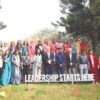
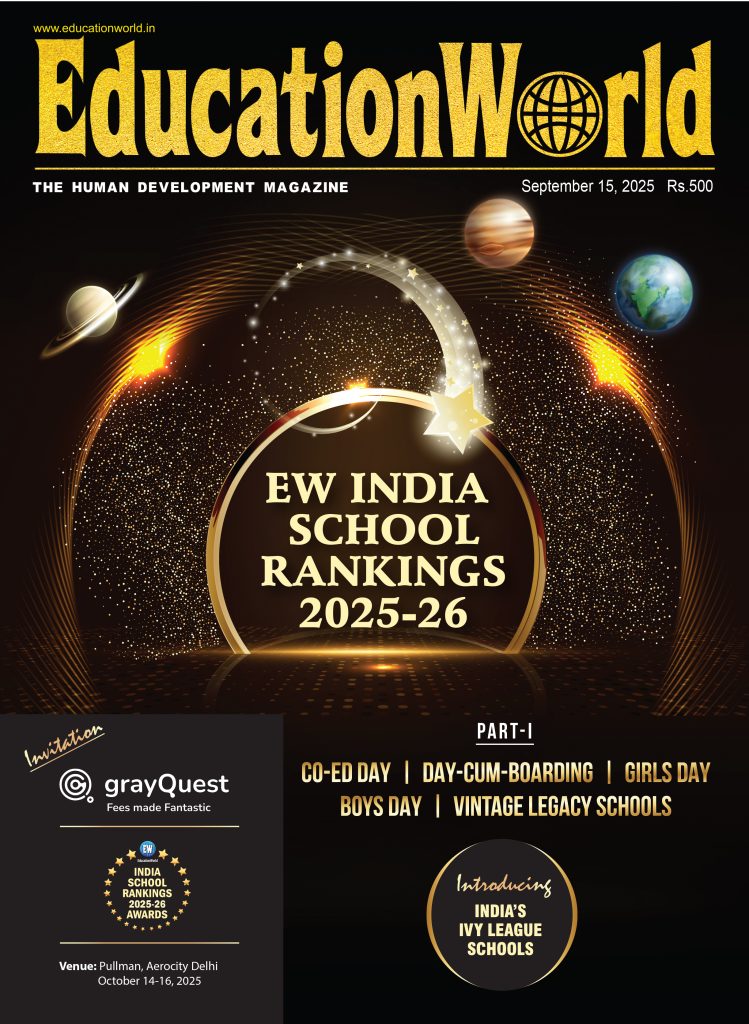
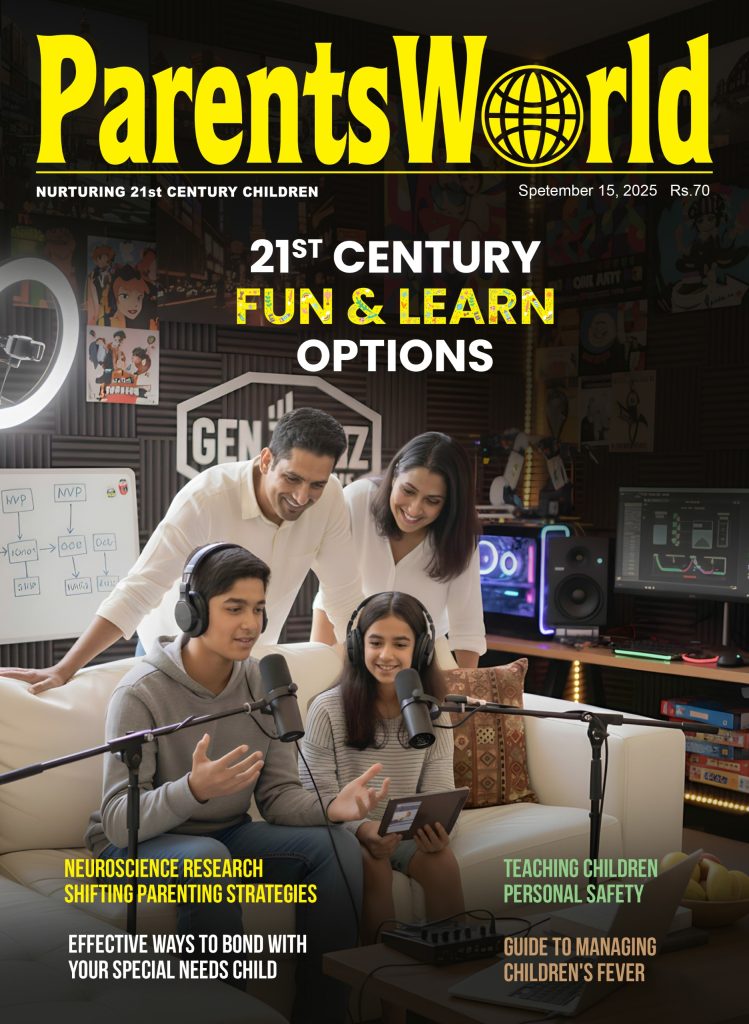


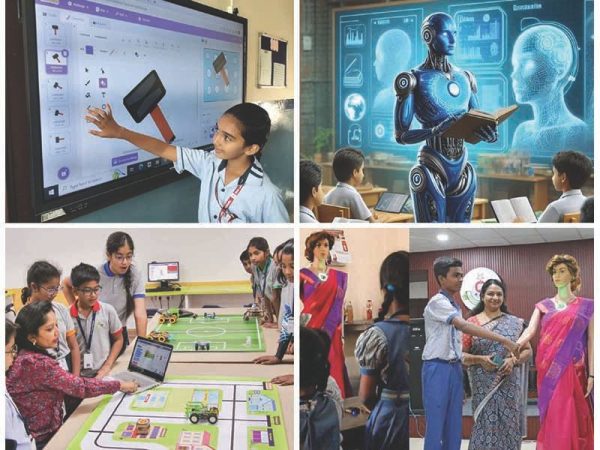
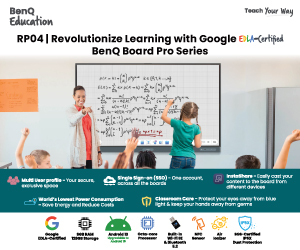


Add comment